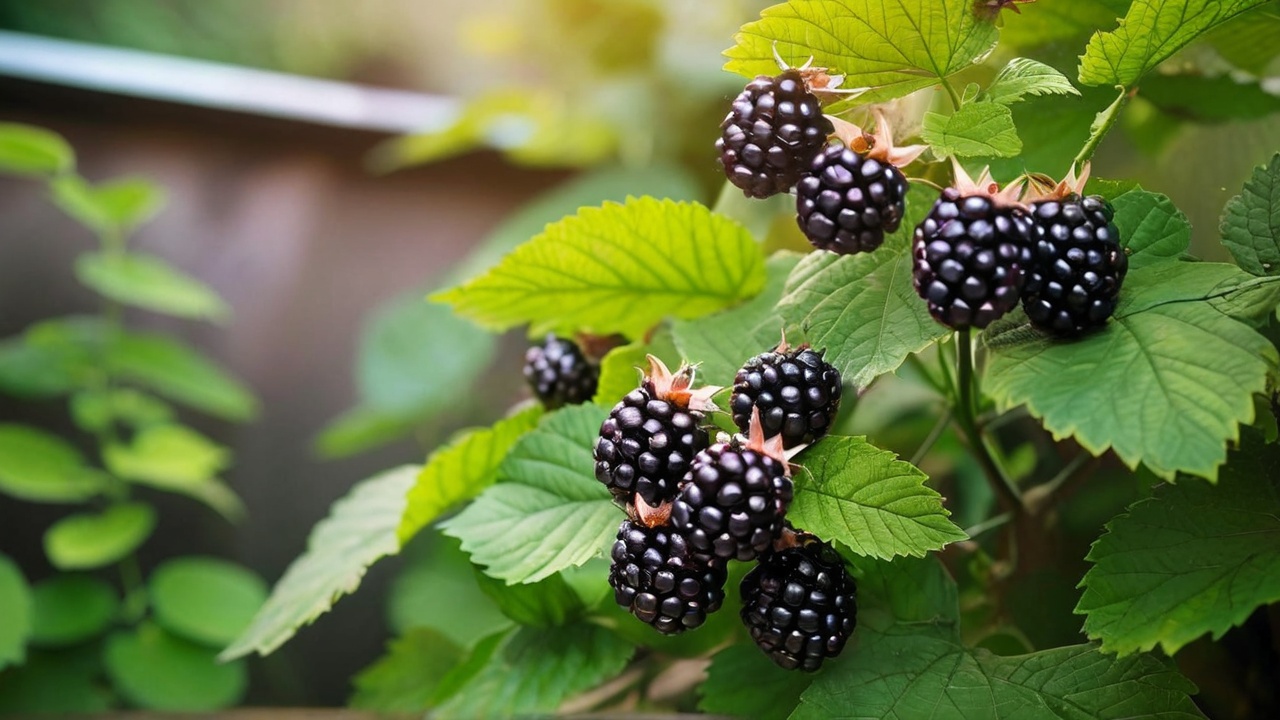Introduction
The blackberry plant (genus Rubus, subgenus Rubus) is a perennial shrub belonging to the Rosaceae family, known for producing dark purple to black fruits, which are also referred to as blackberries. It is native to regions of Europe, North America, and Asia, though it is now cultivated and found growing wild in many parts of the world.
Key Characteristics:
- Growth Habit: Blackberry plants typically grow as thorny or thornless brambles, with arching canes that can reach up to 3 meters (10 feet) in length. Some species have trailing or semi-erect forms, while others are fully erect.
- Leaves: The leaves are usually composed of three to five leaflets, with serrated edges and a rough texture.
- Flowers: The flowers of blackberry plants are white or pale pink and bloom in clusters during late spring or early summer.
- Fruits: The fruit is an aggregate of drupelets, which are small, juicy, and arranged together to form the blackberry. These berries are sweet and tangy when fully ripe.
Cultivation:
Blackberry plants are valued for their fruit, which is used in a variety of culinary applications, including jams, pies, juices, and fresh consumption. They are relatively easy to grow and are cultivated in a variety of soil types, though they prefer well-drained, fertile soils. Full sun exposure is ideal for optimal fruit production.
Types of Blackberries:
- Trailing Blackberries: These have long, flexible canes that need to be trained on trellises.
- Erect Blackberries: These grow upright and typically do not require much support.
- Thornless Varieties: Breeding efforts have led to thornless blackberry varieties, which are easier to harvest and handle.
Ecological Role:
In the wild, blackberries are a vital food source for wildlife, including birds, mammals, and insects. The plant’s dense growth can also provide shelter for small animals. However, some blackberry species, such as Rubus armeniacus, are considered invasive in certain regions due to their aggressive growth habits.
In summary, blackberry plants are versatile, resilient, and productive, making them a popular choice for home gardens and commercial fruit production alike.
